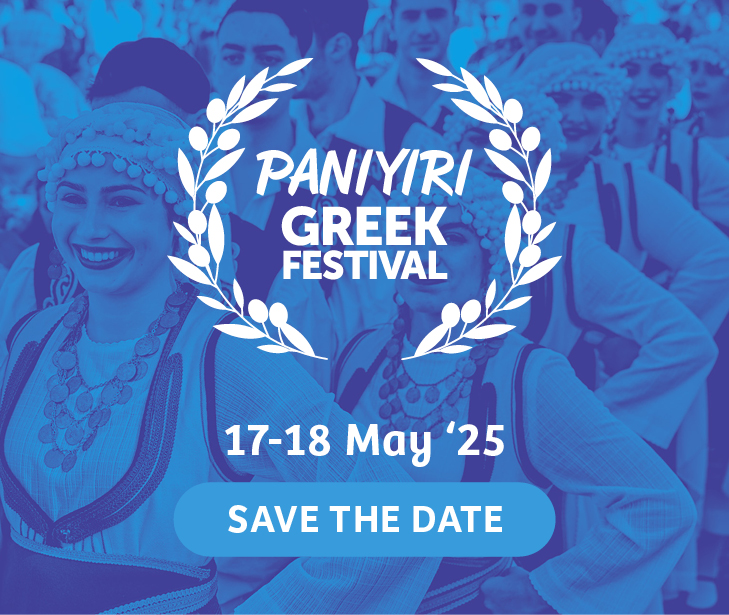
Champagne makes you delighted. Rosé makes you loud. Red wine supports your conversation. Whiskey makes you warm.
The internal deliberation of which drink to pair with a meal is easily resolved by the theory of variation. Any long lunch, or dinner for that matter, is best enjoyed in progressive stages. There is more fun to be had than pairing whites with seafood or red wine with steak—these are iconic marriages. However, with the abundance of interesting small producers, we are noticing that flavours and textures in wine are unique and becoming more versatile. Beverage matching can be more of a beverage exploration!
Essentially, there are only a few rules (if any) to follow when it comes to wine pairing. Putting wine with food is the same as putting food with food. What you drink is complementary to the dish, because it adds something.
GENERAL RULES
- The wine should have the same flavour intensity as the food.
- Wines with high acidity go well with a dish of high acidity – which is balanced by salt.
- Spicy is best with aromatic, if not slightly sweet whites, e.g. sweet riesling, gewürztraminer or pinot blanc.
- Bitter wines are best balanced with fat, e.g. orange wines and tannic red wines.
- It is better to match the wine with the sauce, rather than with the meat.
- More often than not, white, sparkling and rosé wines create contrasting pairings.
- More often than not, red wines create harmonious pairings.
POP THE CORK
Like firing a gun, fizz begins the celebration of togetherness and eating! Its bubbly influence causes salivation and prepares the palate for food. There are so many wonderful styles of fizz to choose from; traditional sparkling and Champagne for elegance, prosecco for fun, pet nat for funk. It could also be fizz in the form of a spritz, G+T or a refreshing artisan beer.
THE FIRST COURSE
Keep it lively. If it’s nibbles or seafood, look for wines that have naturally high acidity and relatively light body. This will help to not overpower flavours and keep things fresh. Also consider your next course. Will it be a good stepping stone to lead you into the next wine?
THE MAIN COURSE
This should be the richest wine of the meal. Whether that be rosé with sausages, a chardonnay with roast chook, or a pinot noir with lamb, this is the time to present the fullest style of the day. With tannins and acid in mind, there is no harm in serving an orange wine with steak or a gamay with fish.
CHEESE
This is a time to keep your palate enthused and distract it from what may have tired it.
- A great stout for its chocolaty, coffee-like and earthy flavours.
- Amontillado sherry or oloroso sherry for something dry and nutty.
- Port, if you like dry raisins (and borrowing alcohol from your grandparents).
TO FINISH
Dessert wine can be wonderful but it’s not everyone’s sweet cup of tea.
- Sloe gin on ice for fruity and fresh.
- Any number of amaros (bitter Italian digestives).
- Mead if you’re a viking and know what is good for you.
- Whiskey, because it’s timeless.
It is important to consider our beverages in the same high regard as our food. There is extra joy in knowing about a product’s story and exploring multiple styles in one sitting. It certainly creates an exciting drinking experience for the company of food.


